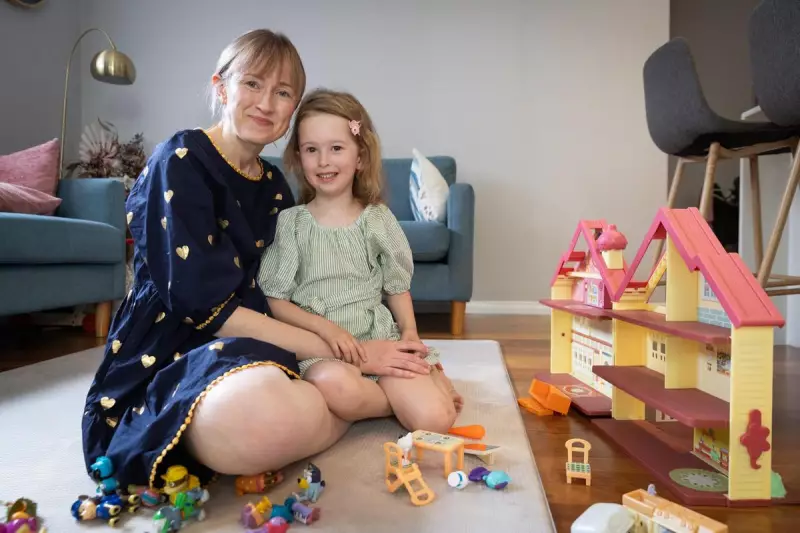
A comprehensive national report has revealed that the wellbeing of Australia's young people stands at a critical crossroads, with concerning trends in mental health and educational outcomes demanding immediate attention.
Mental Health Crisis Deepens
The landmark State of Australia's Children report, released by the Australian Institute of Health and Welfare, paints a troubling picture of youth mental health across the nation. Between 2013 and 2020, the rate of psychological distress among young Australians aged 15 to 24 surged dramatically, increasing from 18% to 26%.
This mental health crisis has manifested in alarming ways, with hospitalisation rates for self-harm among young people aged 12 to 17 rising by 22% between 2014-15 and 2020-21. The data reveals that girls are particularly vulnerable, experiencing self-harm hospitalisation rates more than four times higher than their male peers.
Educational Disparities Widen
The report highlights persistent educational gaps that threaten Australia's future prosperity. Approximately one in five Australian children begins their first year of school developmentally vulnerable in at least one key domain, with literacy and numeracy skills showing particular concern.
Alarmingly, the data reveals significant disparities based on geography and socioeconomic status. Children from the most disadvantaged areas are twice as likely to be developmentally vulnerable compared to those from the most advantaged communities. Remote and very remote communities face even greater challenges, with educational outcomes lagging significantly behind metropolitan areas.
Positive Trends Amid Challenges
Despite these concerning findings, the report identifies several areas of improvement in children's wellbeing. Smoking rates among secondary students have plummeted to just 3%, representing one of the most significant public health successes in recent years.
Additionally, childhood immunization rates remain strong at approximately 94%, while teenage birth rates have continued their steady decline. The mortality rate for children aged 1 to 14 has also decreased substantially over the past two decades, reflecting advances in healthcare and safety measures.
The report emphasizes that while Australia has made progress in many areas of child wellbeing, the growing mental health crisis and educational disparities require coordinated national action. Experts warn that without immediate intervention, these challenges could have long-lasting consequences for an entire generation of Australians.





